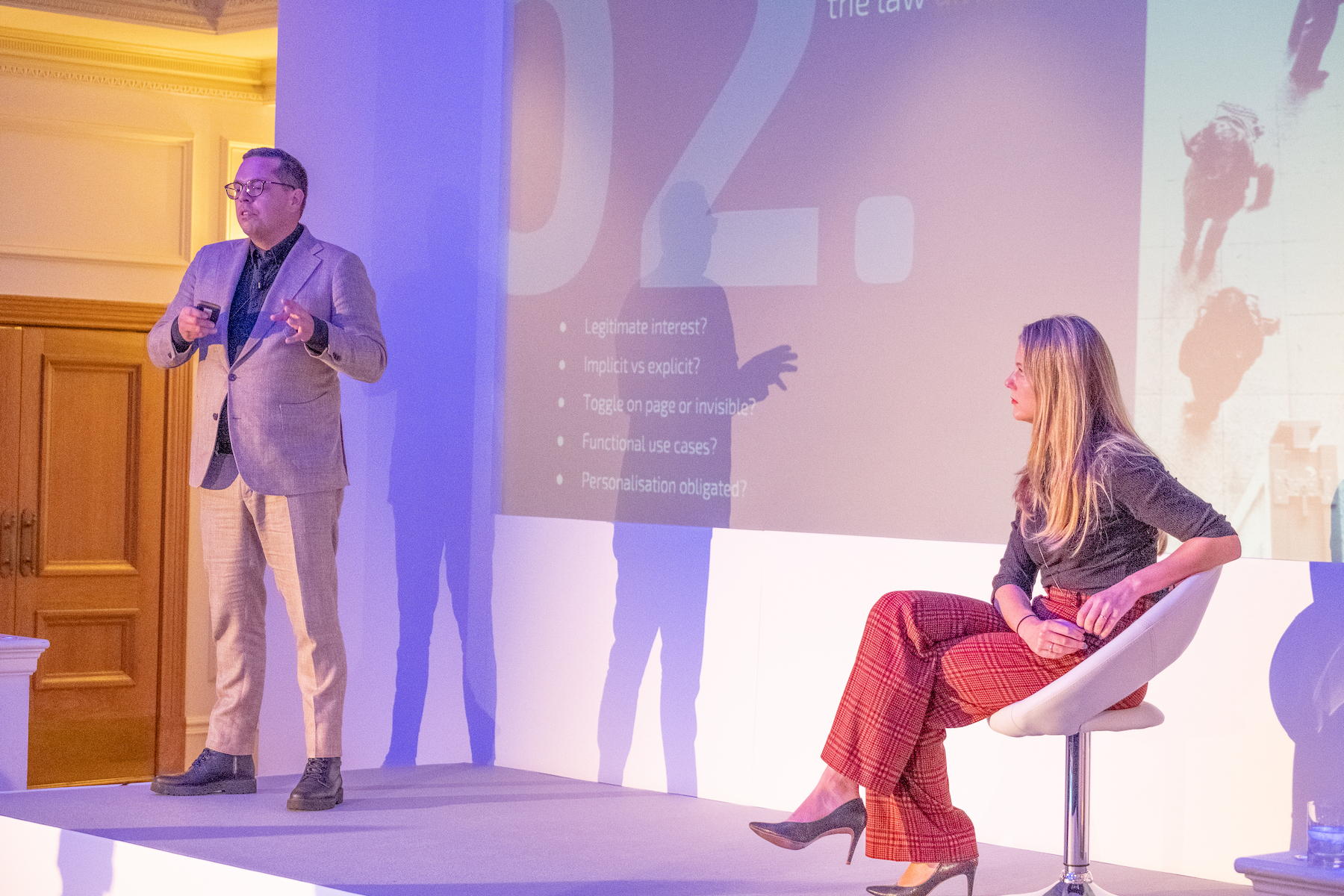Zero-party data, a term coined by Forrester, is any data that a customer chooses to give to a company. If a company proactively fills in a survey or tells you their preferences on a sales call, that’s zero-party data. And it could be the answer to one of the biggest issues at the heart of marketing:
Audiences are demanding complete transparency, increased privacy controls and the right to be forgotten while also expecting tailor-made personalisation from the brands they interact with.
This privacy/personalisation paradox is a massive challenge for marketers and publishers.
So it’s no surprise that the subject was discussed in a number of the talks at RampUp London 2019. One talk that tackled the subject of this paradox head-on was ‘The value exchange of consent’.
The value exchange of consent
In it, Tim Geenen, General Manager of Faktor (a LiveRamp company) talked about the value exchange between brands, advertisers, publishers, and consumers. And said that in this value exchange that the balance weighed heavily away from the consumer:
“As a consumer you’re not really part of that value exchange. You don’t have any control over your data. You don’t really have an identity you can relate to.”
Given these circumstances, it’s understandable that consumers will want both greater control and more obvious value from the exchange.
The fact that this seems like a tug-of-war between two opposing forces has led to many marketers trying to find smart ways to circumnavigate legislation, leading to less trust from consumers.
But the two aren’t actually opposing forces. They’re actually the answer to each other, but only if the consumer is engaged in the right way.
Zero-party data’s value
What if the future of privacy moved towards a co-authored value exchange between marketer and customer – where both sides shared an open dialogue about the kind of relationship they want to have.
By shifting the conversation so the consumer is given the control to input zero-party data that is relevant, and choose the advertising they want, everyone wins.
The consumer gets marketing that is truly valuable to them, and is in control of what personal information is being used to deliver it. The marketers are given access to data that is accurate, and audiences who are enthusiastically consenting, making targeting more precise and effective.
And this isn’t just theoretical. This model is already proving very effective for publishers like The Telegraph. In the panel Reestablishing the Publisher-Advertiser Relationship, Karen Eccles, Director of Commercial Innovation at The Telegraph said:
“Because of our registration strategy, we have that first-party and zero-party data and we’re finding that in conversations with brands that it doesn’t matter that we don’t have huge scale. The fact is that when we’re looking for mutual customers that brands and Telegraph share, we’re finding ways to understand where the matches are, and are able to activate against it in a way that’s entirely aligned to the consumer’s consent.”
Getting started with zero-party data
In a world of companies just managing (if they are managing) to keep up with GDPR and TCF, imagine how much trust a company that leapt past regulations would receive.
So maybe now’s the time to start looking at ways that you can start a conversation with your customers about zero-party data. The time to move the consent conversation away from annoying tick-box pop-ups and towards an informed back-and-forth that benefits everyone.
–
See what else was being discussed in our summary blog for RampUp London 2019.
